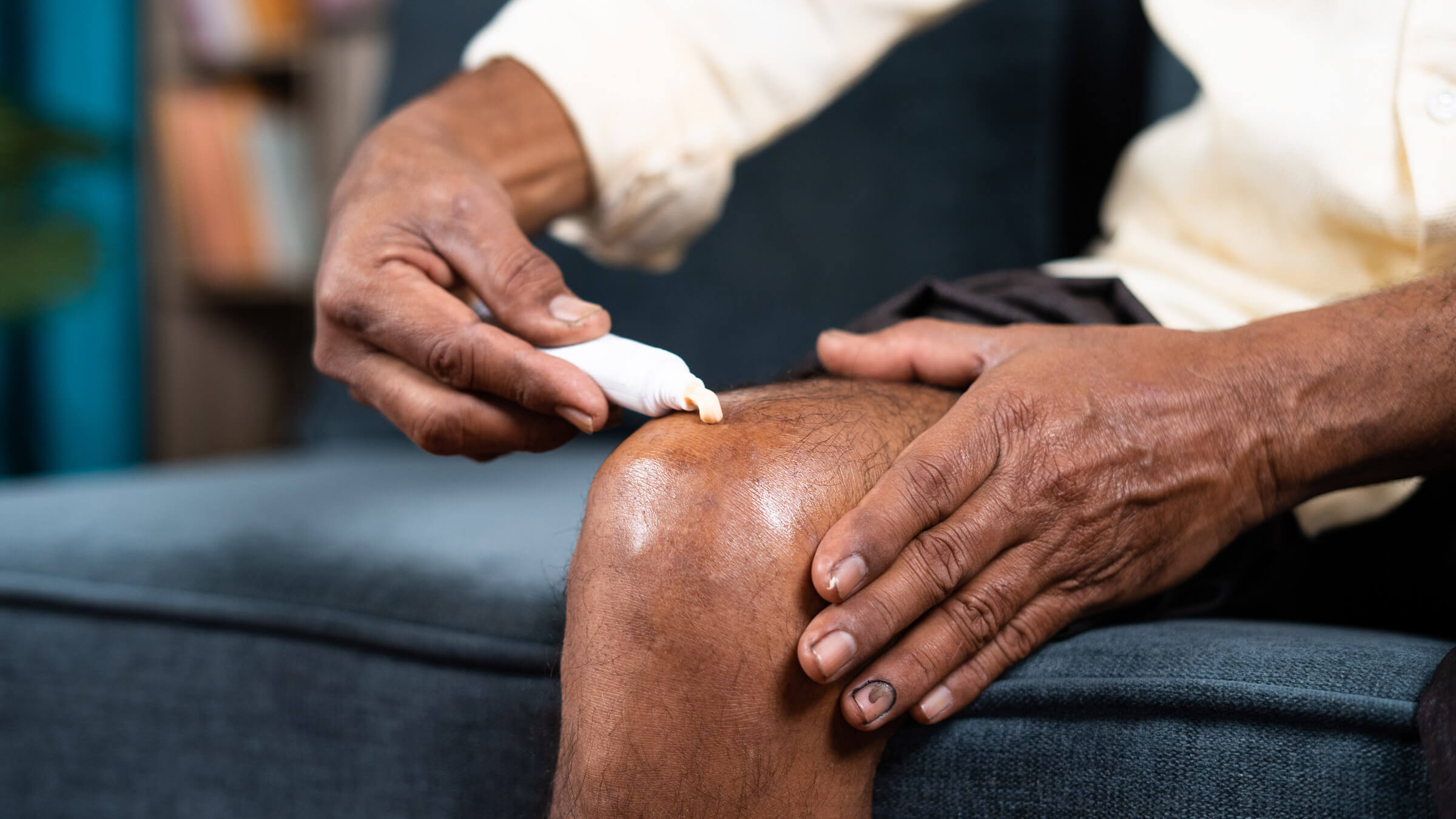Joint pain is one of the most common complaints among older adults. Whether it’s caused by arthritis, old injuries, or simple wear and tear, joint discomfort can limit mobility, affect independence, and reduce quality of life. However, joint pain doesn’t have to control your day. There are many safe, effective, and age-friendly ways to relieve pain, improve flexibility, and keep your joints strong for years to come.
This article explores the best strategies for managing joint pain in seniors — from gentle exercise and diet choices to natural remedies and practical lifestyle tips.
Joint Pain in Older Adults
As we age, the cartilage that cushions our joints naturally breaks down. The body also produces less synovial fluid, the substance that lubricates joints and helps them move smoothly. These changes can lead to stiffness, swelling, and discomfort, especially in areas like the knees, hips, and hands.
Common causes of joint pain among the elderly include:
- Osteoarthritis: The most common form of arthritis, where the cartilage wears away gradually.
- Rheumatoid arthritis: An autoimmune condition that causes inflammation in the joints.
- Past injuries: Fractures or sprains from years ago can lead to lingering pain or weakness.
- Lack of movement: Too much rest or inactivity can actually make joints stiffer over time.
Understanding what’s causing the pain is the first step toward finding the right relief approach.
Gentle Exercises to Support Joint Health
One of the best ways to ease joint pain is to keep moving — safely and regularly. Exercise strengthens the muscles around the joints, helps maintain flexibility, and improves balance. Here are some senior-friendly exercises:
- Walking: A low-impact activity that improves circulation and joint lubrication.
- Swimming or water aerobics: Water supports your body weight, reducing pressure on joints while still offering resistance for strength training.
- Chair yoga or stretching: These gentle routines improve flexibility and range of motion.
- Tai chi: This slow, mindful movement exercise improves balance and reduces stiffness.
If you’re new to exercise, start small — even 10 minutes a day can make a big difference. Always check with your doctor before starting a new routine, especially if you have chronic pain or mobility issues.
Foods That Help Ease Joint Discomfort
What you eat can directly affect how your joints feel. A balanced diet rich in anti-inflammatory foods can help reduce stiffness and swelling.
Recommended foods:
- Fatty fish (salmon, sardines, tuna): Rich in omega-3 fatty acids that help reduce inflammation.
- Leafy greens (spinach, kale): Contain antioxidants and calcium that support bone health.
- Berries (blueberries, strawberries): High in vitamin C and antioxidants.
- Olive oil: A healthier fat that may reduce inflammation compared to processed oils.
- Nuts and seeds: Provide omega-3s and vitamin E.
Foods to limit:
- Sugary snacks and drinks
- Fried or heavily processed foods
- Red meat and saturated fats
- Too much salt or alcohol
A Mediterranean-style diet — full of fruits, vegetables, whole grains, and healthy fats — has been shown to support joint and heart health in seniors.
Natural and At-Home Relief Options
When it comes to joint pain, sometimes the simplest home remedies can be the most effective.
- Warm compresses: Help relax stiff muscles and boost blood flow.
- Cold packs: Reduce swelling after activity or flare-ups.
- Gentle massage: Encourages circulation and eases tension.
- Epsom salt baths: The magnesium in the salts may help soothe sore muscles.
Some seniors also find comfort from joint-friendly supplements like turmeric, glucosamine, or omega-3 oils. However, these should be discussed with a healthcare provider first, especially if you take prescription medication.
Maintaining a Healthy Weight
Extra body weight puts more pressure on the joints — especially in the knees, hips, and spine. Even losing a few pounds can greatly reduce stress and pain in these areas.
If weight management is a goal, focus on:
- Balanced meals with portion control
- Regular movement, even light walking
- Replacing sugary drinks with water or herbal teas
- Getting enough sleep, as it supports metabolism and recovery
Remember, it’s not about dieting — it’s about long-term, sustainable habits that support your joints and overall health.
Lifestyle Changes That Make a Difference
In addition to exercise and diet, several lifestyle adjustments can make joint pain easier to manage:
- Stay consistent with movement: Avoid long periods of sitting or lying down.
- Use supportive shoes: Proper footwear reduces strain on hips and knees.
- Prioritize rest: Overuse can aggravate sore joints, so listen to your body.
- Stay hydrated: Joint cartilage is mostly water — dehydration can worsen stiffness.
- Improve posture: Maintaining good alignment helps reduce unnecessary joint stress.
Small, steady changes often lead to long-term relief.
When to Seek Professional Help
If joint pain becomes severe, persistent, or interferes with daily activities, it’s time to consult a healthcare professional. They can evaluate your condition, suggest physical therapy, and recommend safe pain management options tailored to your health status.
Never ignore sudden swelling, redness, or warmth in a joint — these could indicate an infection or inflammation that requires prompt care.
Living Well with Joint Pain
While joint discomfort is common in older adults, it doesn’t have to define your daily life. Through gentle exercise, healthy nutrition, home remedies, and mindful living, seniors can stay active, independent, and pain-free for longer.
Consistency is key — small steps taken every day, such as stretching in the morning or taking a short walk after meals, can gradually lead to better mobility and improved comfort.
Final Thoughts
Finding the best joint pain relief for the elderly isn’t about quick fixes — it’s about building sustainable habits that protect and strengthen your joints over time. Focus on what makes you feel better naturally: movement, nourishment, and self-care.
Your joints have supported you through a lifetime of experiences — now it’s time to return the favor by caring for them with patience and attention. The result? More freedom, less discomfort, and a higher quality of life at any age.






